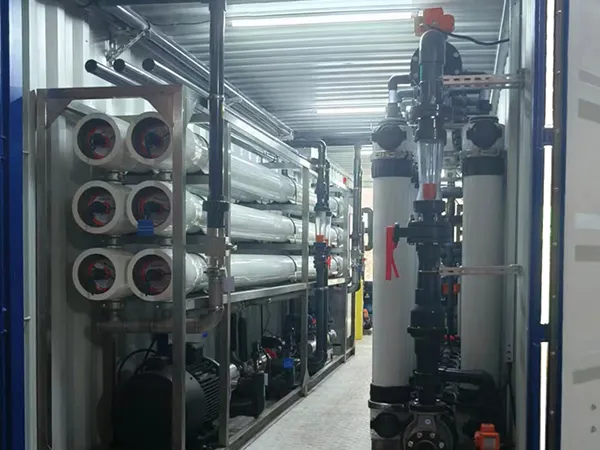Since the world’s population is growing and freshwater is becoming less available, turning seawater into drinking water by desalination is becoming a hopeful solution for different sectors. Desalination is used to change seawater into clean water by taking out its salt, supplying a reliable amount of freshwater. The article considers how seawater desalination equipment is applied in four important sectors: offering water to coastal communities, industrial water usage, at sea on ships and offshore, and as part of emergency response and supplying water remotely.
Water Supply for Coastal Cities and Islands
Cities and islands located by the sea have to overcome additional water challenges. In numerous regions, there is not much freshwater available, so depending only on rain or occasional water deliveries may not be enough. Using desalination to get fresh water is a reliable and environmentally friendly choice because the ocean is always nearby with a lot of water. In Dubai, Los Angeles, and Tel Aviv, big desalination plants are already being used to support the cities’ water supply. These centers depend on technologies such as reverse osmosis to supply people with clean water each day. For local communities, rivers give drinking water and help out in farming, sanitation, and raising the local economy.
Industrial Water Supply (Electricity, Petrochemicals, Food, etc.)
The demand for water in industries is broad because different industries use water in many different amounts. Industries depend on seawater desalination because it guarantees a reliable and adjustable supply of water for various industrial operations. As an illustration, many power plants rely on desalinated water for cooling functions and for filling boilers. When working with petrochemicals, steam production and maintenance of equipment need water. In places where water is scarce, desalination is very important for the food industry since it provides process water and ensures all needed hygiene standards are met. Applying desalination solutions in these fields helps them preserve the environment and keeps operations going.
Application on Ships and Offshore Platforms
Freshwater is usually hard to find or not available at all for ships and offshore platforms in isolated zones. Fresh water for drinking, cooking, and washing people aboard ships is thanks to equipment called water makers or desalination systems. For use on ships with limited space, advanced desalination systems are made to take up less room and be very effective. Likewise, offshore platforms for both oil and gas and renewable energy must have a steady supply of water for use in the platforms’ processes and for human use. Because desalination systems can stand up to rough marine weather, they assure strong performance and are important for keeping offshore personnel secure.
Emergency Relief and Water Supply in Remote Areas
Immediate cases and in remote rural areas, where clean water sources are not available, retirement for quick water supply comes in rescue. Quickly deploying portable uninterrupted units in disaster areas helps a lot in emergency assistance. Because of this, the areas affected in earthquake, tsunamis, or storm can use units to remove their water and reduce water scarcity. In addition, areas that are far from water sources, especially in dry or semi-dry areas, will achieve much more from the systems. They give local people a safe and adjustable water supply, which protects the community from the effects of climate change and promotes permanent growth.
In all, seawater analogy equipment is an important option that helps solve problems in different areas and industries wherever required. As technology improves and costs decline, the use of gentleness in providing clean water will probably increase worldwide. Because the gynecology provides durable and reliable water, it benefits safety from cities, industry, maritime and emergency conditions and supports development without water issues.

